Pallets are a form of material handling and movement equipment that have been a part of industrial operations for nearly 100 years. Originally made of wood, they have been modernized and improved to meet the needs of modern manufacturing. The placement of products and items on pallets was once a manual process performed by workers at the end of a production line, but has been improved over the years to be more efficient. Read More…
Moller North America is committed to customer satisfaction. Our line of products ranges from bagging, conveying, palletizing, to stretch-hooding, stretchwrapping and shrinkwrapping a variety of products. Contact us today to for all of your packing, palletizing, and protection needs.

American-Newlong is the world's leading manufacturer of automated, open-mouth bag packaging and closing systems and equipment. We offer a wide range of filled bag sewing machines, automatic bag heat sealers, robotic bag palletizers, bag making machines and semi-automated and automated bag packaging equipment that weigh, pack, close, check weigh, distribute, and palletize.

U.S. Packaging & Wrapping LLC. is a National leader in flexible packaging solutions. Find a large variety of packaging machinery for bundling, securing, and protecting products. Learn information about industrial, retail, and food packaging machines. Shop online today or call 1-800-441-5090 for assistance!

At Cleveland Equipment & Machinery Company, we take pride in being a trusted provider of high-quality packaging equipment designed to meet the needs of businesses of all sizes. We specialize in offering a wide range of machinery to streamline packaging processes, from entry-level solutions to advanced equipment for high-volume operations.

More Palletizer Manufacturers
As with many of the processes of manufacturing, the method of loading pallets has been automated by palletizers, which automatically sort, transfer, and stack products, or goods. The development of palletizers was a necessary innovation to meet the needs of high-volume production.
What is a Palletizer?
Automated palletizers provide load stability, convenience, and faster load movement. The process of manually placing boxes and materials on pallets was time consuming, costly, and inefficient. Manual labor became incapable of meeting the needs of high-volume production and produced undo stress on workers.
The development of the palletizer has improved productivity and enhanced material handling while efficiently and effectively loading finished products onto pallets. The process of the palletizer requires a connection with the assembly process, which involves a conveying system of rollers or belts.
As products come down the conveying system, the palletizer picks up the items with a crane, scoop, arm, or other form of mechanism and places them on a pallet. For the process to function smoothly, the items to be loaded may be required to be of a uniform shape and size though advanced robotic systems are capable of handling incongruous shapes and configurations.
Each item is neatly stacked on the pallet accounting for weight, size, and item configuration. Once the pallet is full, it is electronically wrapped and removed to make room for the next load.
Types of Palletizers
There are several factors that are used to group and categorize palletizers. Though the function of each type is similar, the methods used to accomplish their function varies according to the products, items, and packaging of the items to be loaded. One method of grouping palletizers is by their location and level of automation. Classifications include robotic, low and high level, and in-line.
Robotic palletizers can be automatic or semi-automatic and are placed between a pallet dispenser and the conveying system. The placing of the items is accomplished by a hydraulic robotic arm that lifts the load and places it on the pallet. The difference between low and high level palletizers is the location where they receive the load. With low level, the load is received on the ground with the load for high level being received above the ground. Either type can be automated or semi-automated depending on the needs of the process.
In-line palletizers receive a complete load before shifting it to the pallet. A row of the product comes down the conveying system and is collected. Once the line is full, the row is shifted to the pallet to make room for the next row. This can also be achieved with suction cups that collect items as they arrive and hold them until they have a full load.
Benefits of Palletizers
The central concern of industrial operations is speed and efficiency, which can provide the ability to manufacture and move products in a short amount of time. The introduction of palletizing has significantly improved the time and effectiveness of production methods, adding an important step forward for industrial operations.


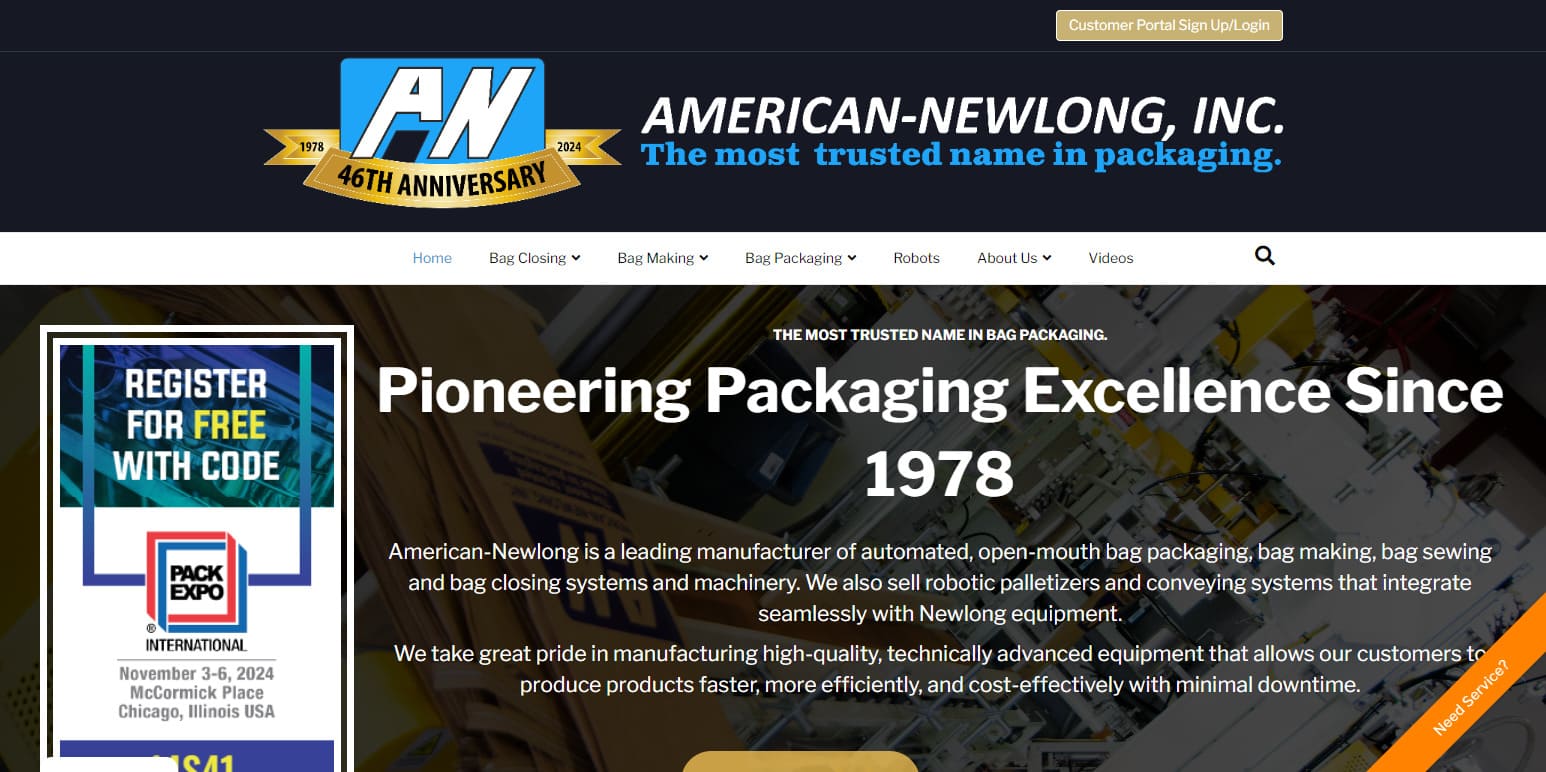


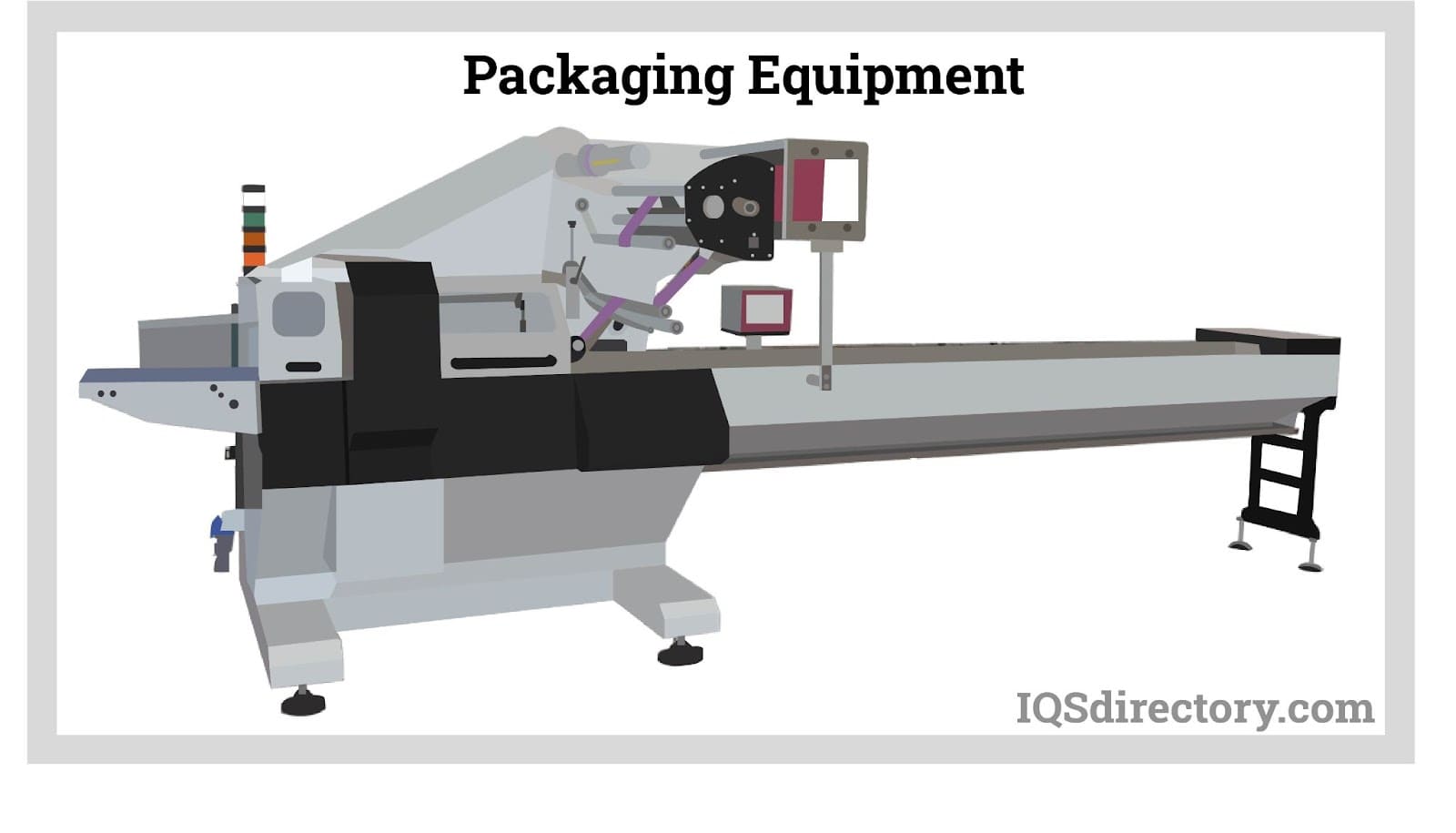
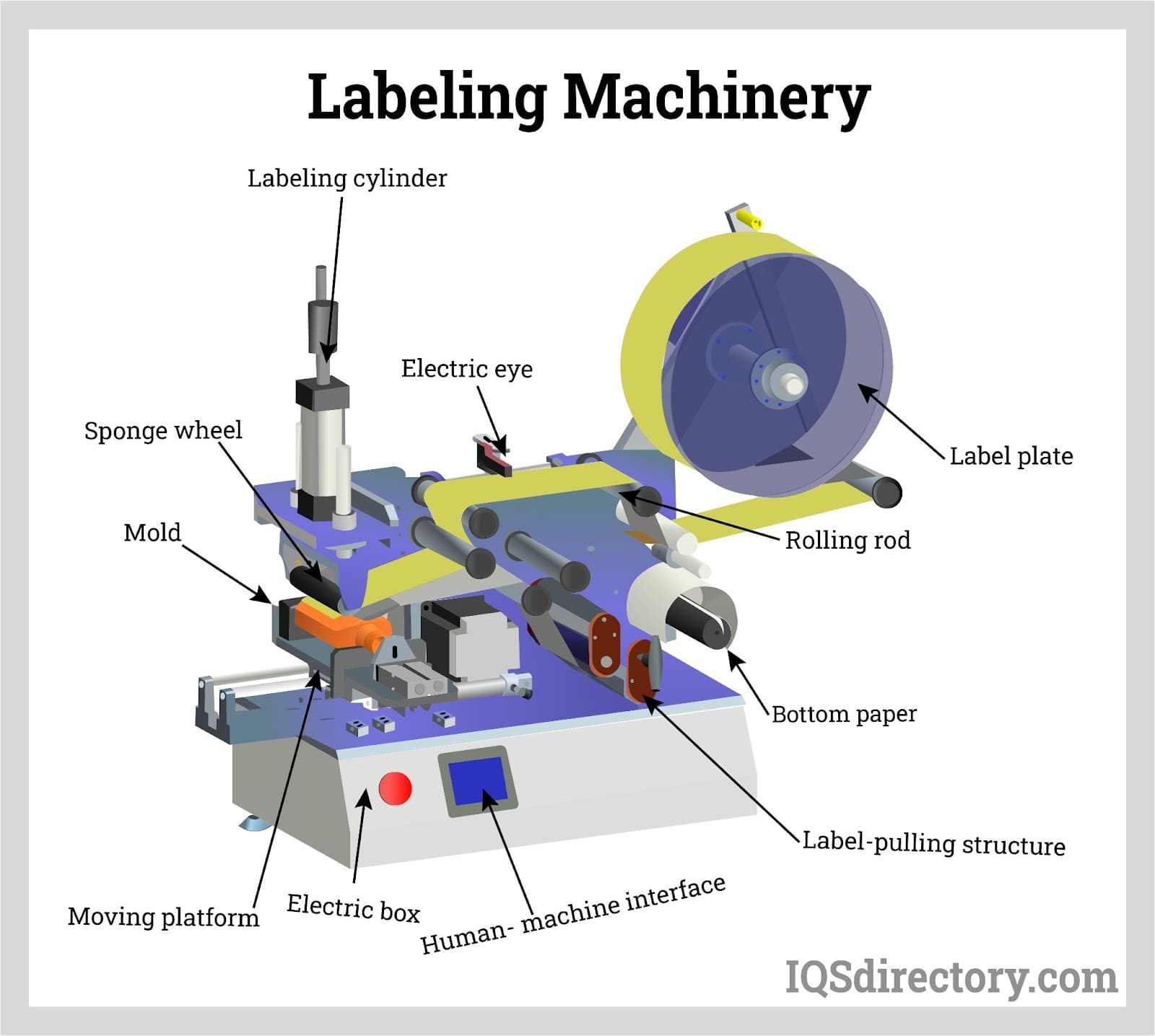
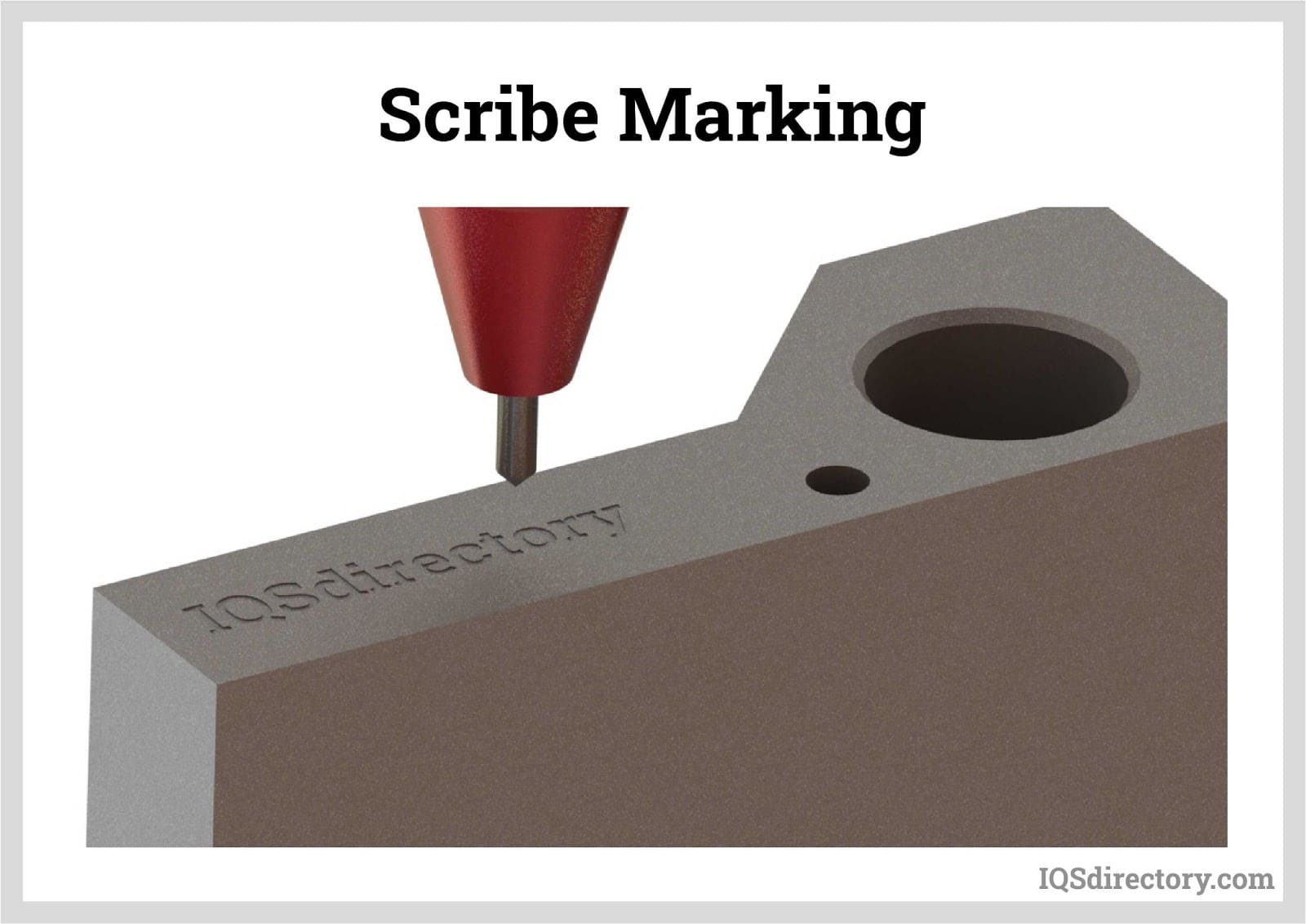
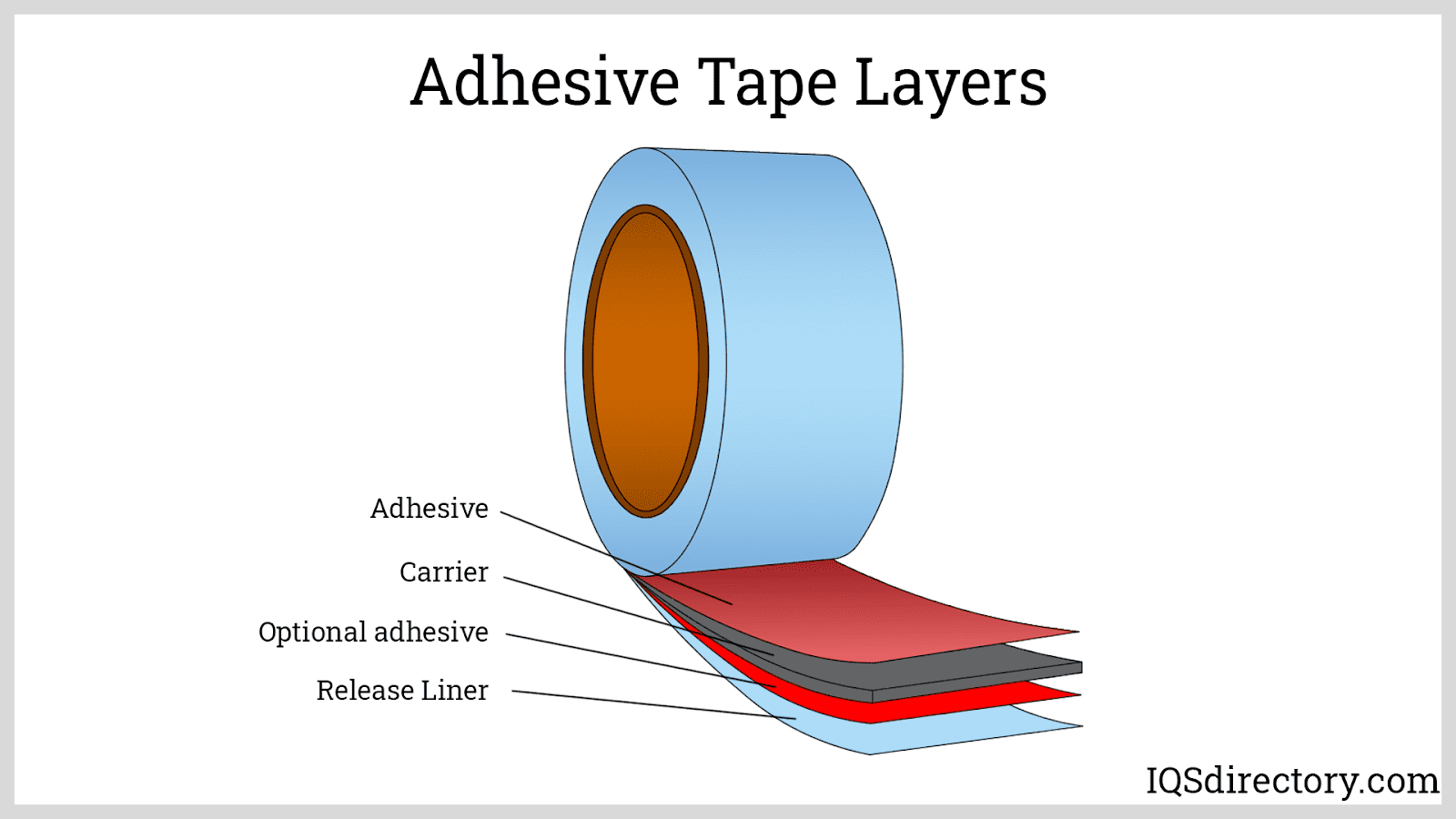
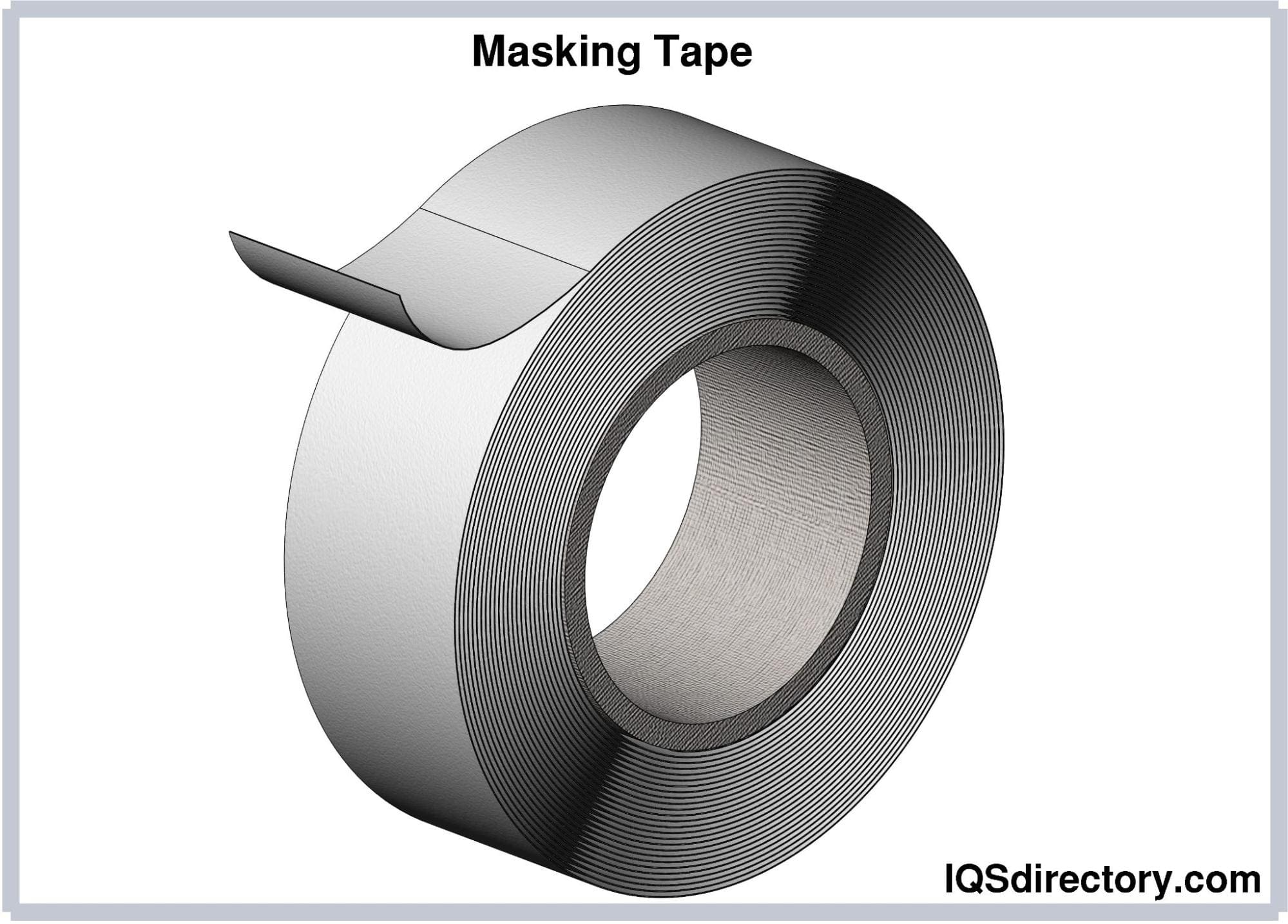

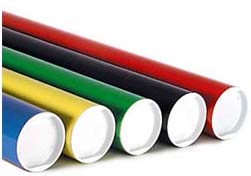 Cardboard Tubes
Cardboard Tubes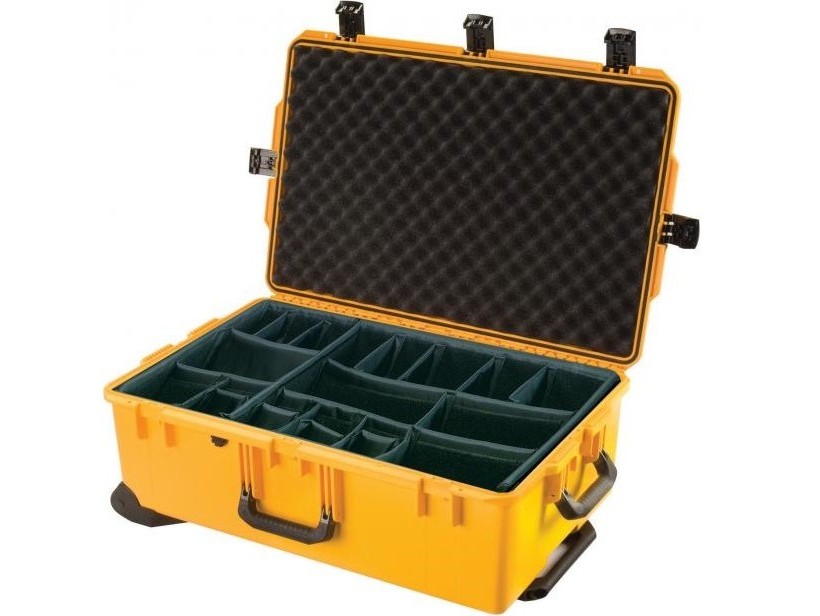 Carrying Cases
Carrying Cases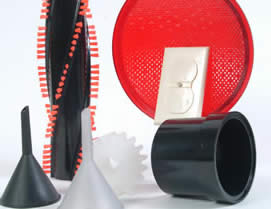 Contract Packaging
Contract Packaging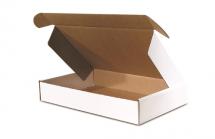 Corrugated Boxes
Corrugated Boxes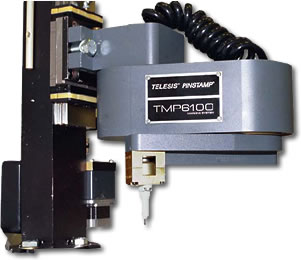 Dot Peening Machines
Dot Peening Machines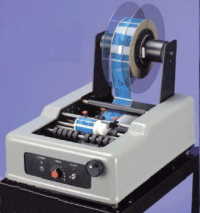 Labeling Machinery
Labeling Machinery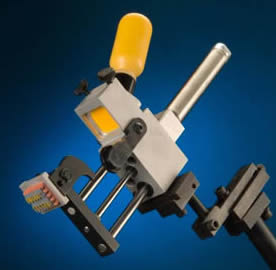 Marking Machinery
Marking Machinery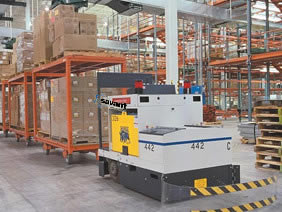 Packaging Equipment
Packaging Equipment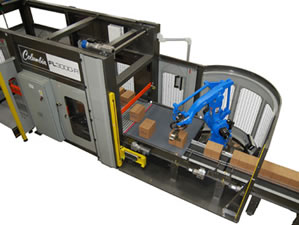 Palletizers
Palletizers Plastic Bags
Plastic Bags Sewing Contractors
Sewing Contractors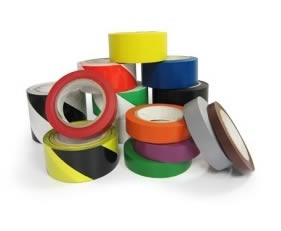 Tape Suppliers
Tape Suppliers Castings & Forgings
Castings & Forgings Bulk Material Handling
Bulk Material Handling Electrical & Electronic Components
Electrical & Electronic Components Flow Instrumentation
Flow Instrumentation Hardware
Hardware Material Handling Equipment
Material Handling Equipment Metal Cutting Services
Metal Cutting Services Metal Forming Services
Metal Forming Services Metal Suppliers
Metal Suppliers Motion Control Products
Motion Control Products Plant & Facility Equipment
Plant & Facility Equipment Plant & Facility Supplies
Plant & Facility Supplies Plastic Molding Processes
Plastic Molding Processes Pumps & Valves
Pumps & Valves Recycling Equipment
Recycling Equipment Rubber Products & Services
Rubber Products & Services